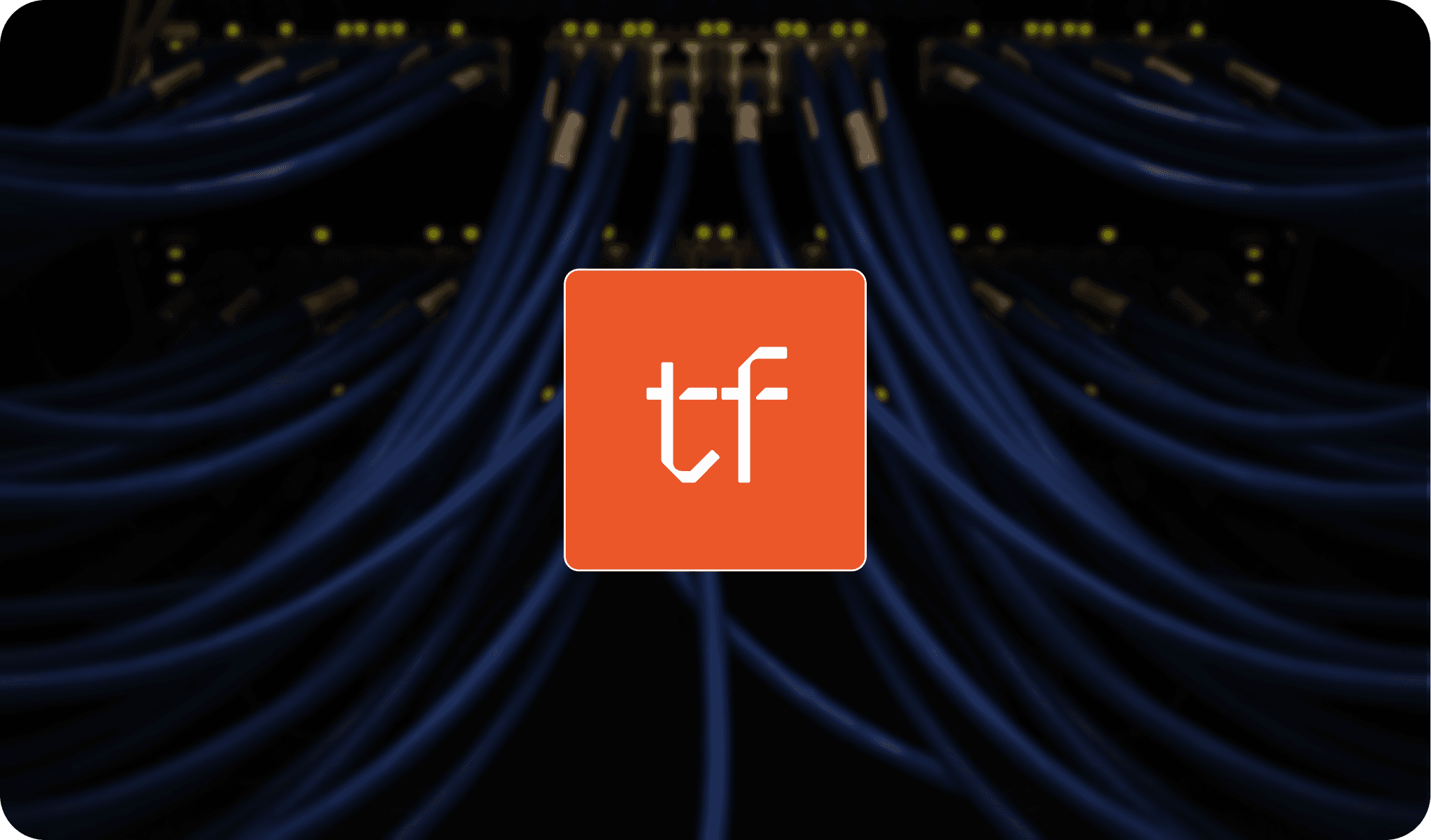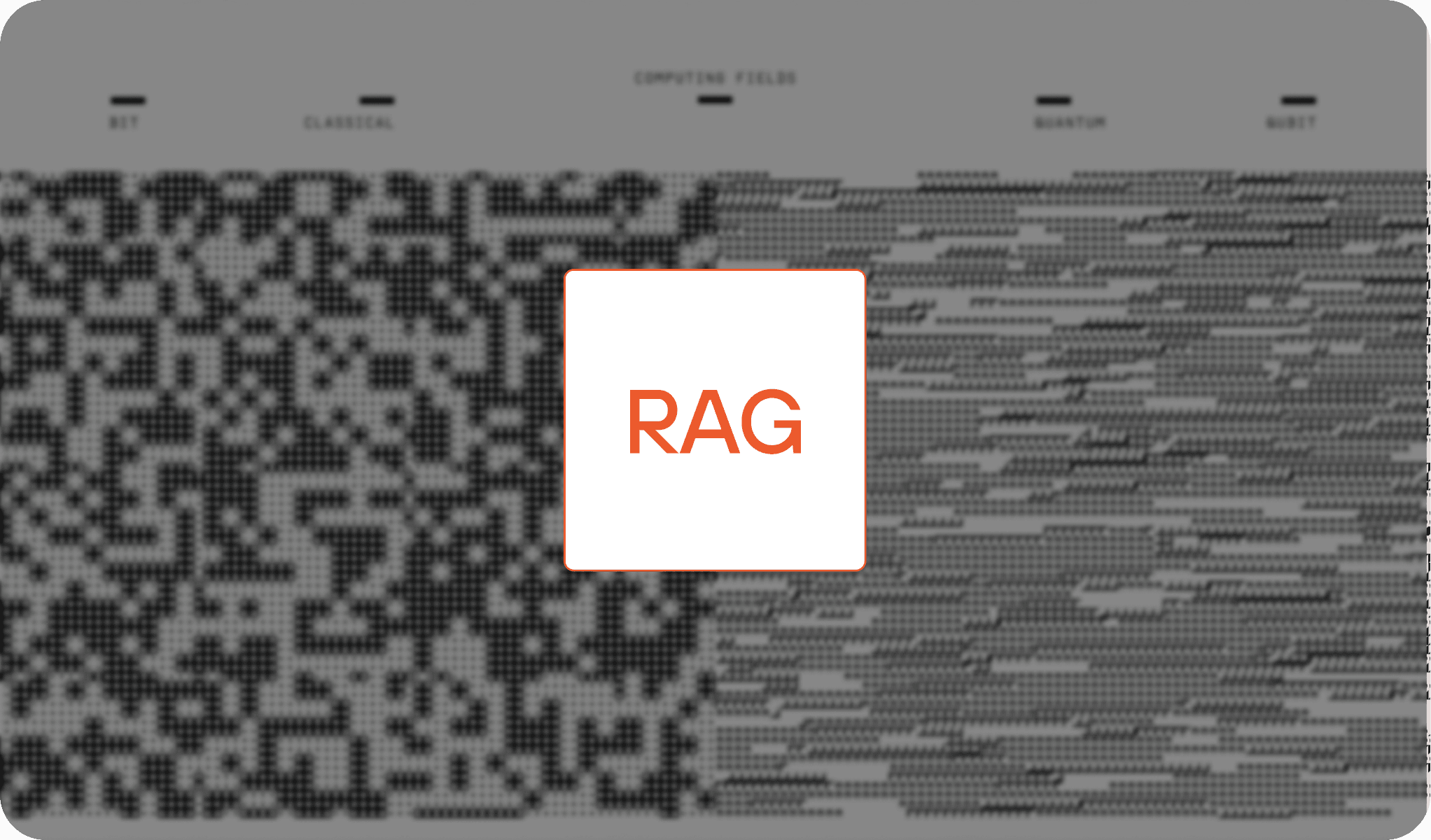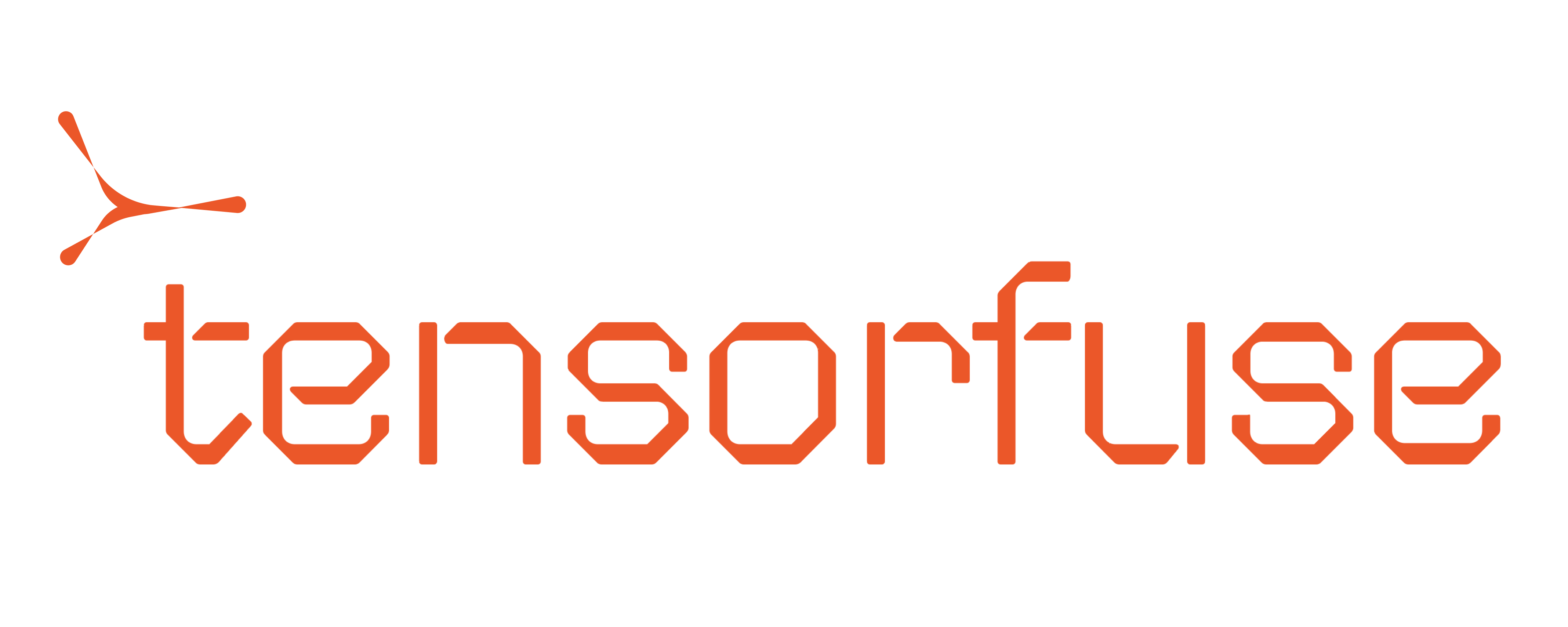CloudFormation won’t fix your life but it can fix your infra
A look into how efficiently managing your cloud infrastructure will definitely make your life easier, even though it may not fix itLazy loading isn’t the magic pill to fix AI Inference
In this post, we look into how lazy loading the containers filesystem, while being beneficial, doesn’t necessarily cause the speedups that might be expected from themReducing GPU Cold Start Time when using vLLM
Learn how to reduce the cold start time of a GPU based application when using vLLM.How Tensorfuse Launches AI Inference Containers in Milliseconds on Kubernetes
Learn about Tensorfuse’s snapshotter that enables on-demand file access, drastically reducing container startup times for AI workloads on Kubernetes.SLMs are the Future of Agentic AI
Learn how Small Language Models (SLMs) are powerful enough and practically better for building AI agents compared to LLMs. In this post, we’ll explore the practical aspects of the paper and discuss its relevance for your AI applications.Handling Unhealthy Nodes in EKS
Learn how to monitor, alert, and automatically heal EKS nodes using CloudWatch, Lambda, and Karpenter’s Node Repair — complete with pros, cons, and code examples.Understanding Multi GPU Communication and Nvidia NCCL for finetuning models
In this post, we’ll break down what NCCL does, why it’s critical for multi-GPU training, and how to tackle one of its common challenges – the dreaded “watchdog timeout” error.
Selecting Ideal EC2 Instances for GPU Workloads on AWS
Choosing the right EC2 pricing model for your AI/ML workloads can make or break your cloud budget. Machine learning tasks, whether training large models or serving real-time predictions, often require significant computing resources.
Boost LLM Throughput: vLLM vs. Sglang and Other Serving Framework
Serving open-source Large Language Models (LLMs) efficiently requires optimizing across hardware, software, and inference techniques.
Better and Cost Effective Alternative to AWS Sagemaker: Tensorfuse
Discover why Tensorfuse is a better alternative to AWS Sagemaker for AI inference tasks.
Why do GPU Containers have long Cold Starts?
Learn how to minimize cold start times in GPU applications by understanding container runtime, image loading, and lazy loading technique. Discover the limitations of using a Kubernetes and Docker-based approach for GPU images compared to CPU images
What is serverless GPU computing?
Lately, serverless GPUs have been gaining a lot of traction among machine learning engineers. In this blog, we’ll dive into what serverless computing is all about and trace the journey that brought us here.
Increase GPU Quota on AWS: A Comprehensive Guide
Discover why Tensorfuse is a better alternative to AWS Sagemaker for AI inference tasks.

